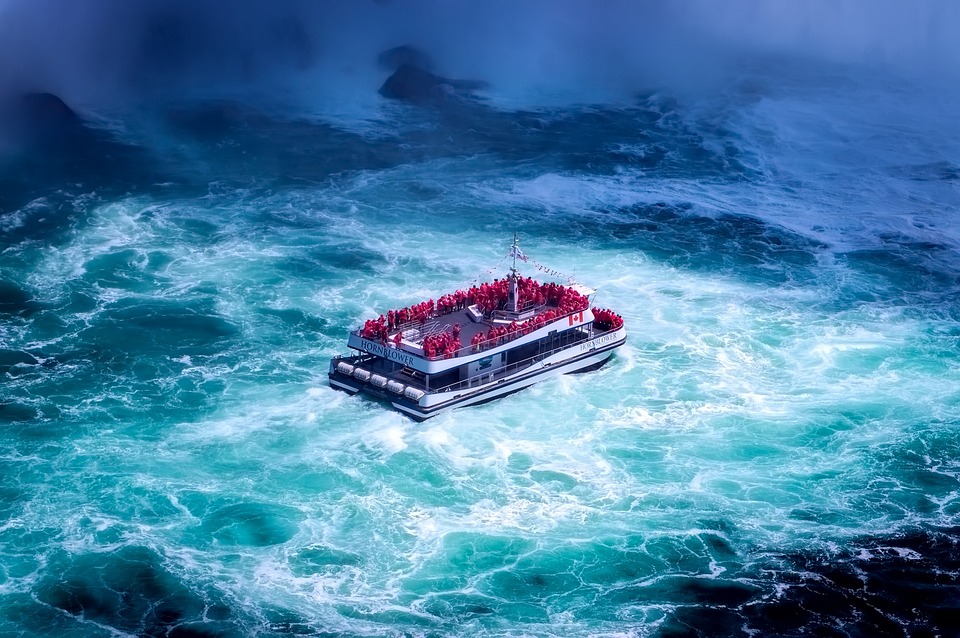The Influence of Niagara Falls on Landscape Photography
Niagara Falls has long been a source of inspiration for artists, poets, and photographers alike. Its majestic beauty and raw power have captivated audiences for centuries, making it a popular subject for landscape photography. In this article, we will explore the influence of Niagara Falls on landscape photography, from its early days to the present.
Early Photography of Niagara Falls
Photography was still in its infancy when the first images of Niagara Falls were captured. In the mid-19th century, photographers such as William Henry Fox Talbot and Louis Daguerre were experimenting with new techniques and equipment, aiming to capture the natural world in a way that had never been done before.
One of the earliest known photographs of Niagara Falls was taken by British photographer Hugh Lee Pattinson in 1840. The image, captured using the calotype process, depicted the falls in a hauntingly beautiful manner, showcasing the power and grandeur of the natural wonder. This early photograph would set the stage for the Niagara Falls‘ enduring influence on landscape photography.
Impact on the American Landscape Movement
As photography continued to evolve, so did the American landscape movement, which sought to capture the beauty of the country’s natural landscapes. Niagara Falls quickly became a symbol of the movement, with photographers such as George Barker and Carleton Watkins capturing the falls in all its splendor.
Watkins, in particular, is known for his iconic images of the falls, taken during the 1860s. His photographs not only showcased the power of nature but also highlighted the growing industrialization of the area, as factories and development encroached on the once pristine landscape. These images served as a call to action, urging conservation and preservation of natural wonders such as Niagara Falls.
Modern Era of Niagara Falls Photography
In the modern era, Niagara Falls continues to be a popular subject for landscape photographers. The advent of digital photography and advanced editing techniques allow for a more nuanced and artistic portrayal of the falls, capturing its beauty in ways that were not possible before.
Photographers such as Richard Misrach and Andreas Gursky have sought to place Niagara Falls within a larger context, exploring themes of human impact on the natural world and the intersection of nature and industry. Their striking images serve as a reminder of the ongoing significance of the falls in the realm of landscape photography.
Conclusion
Niagara Falls has played a crucial role in the development of landscape photography, serving as a source of inspiration for artists and photographers throughout history. Its enduring beauty and power have captivated audiences for generations, making it a timeless subject for artistic expression. As we look to the future, it is clear that Niagara Falls will continue to influence landscape photography, serving as a reminder of the awe-inspiring majesty of the natural world.

